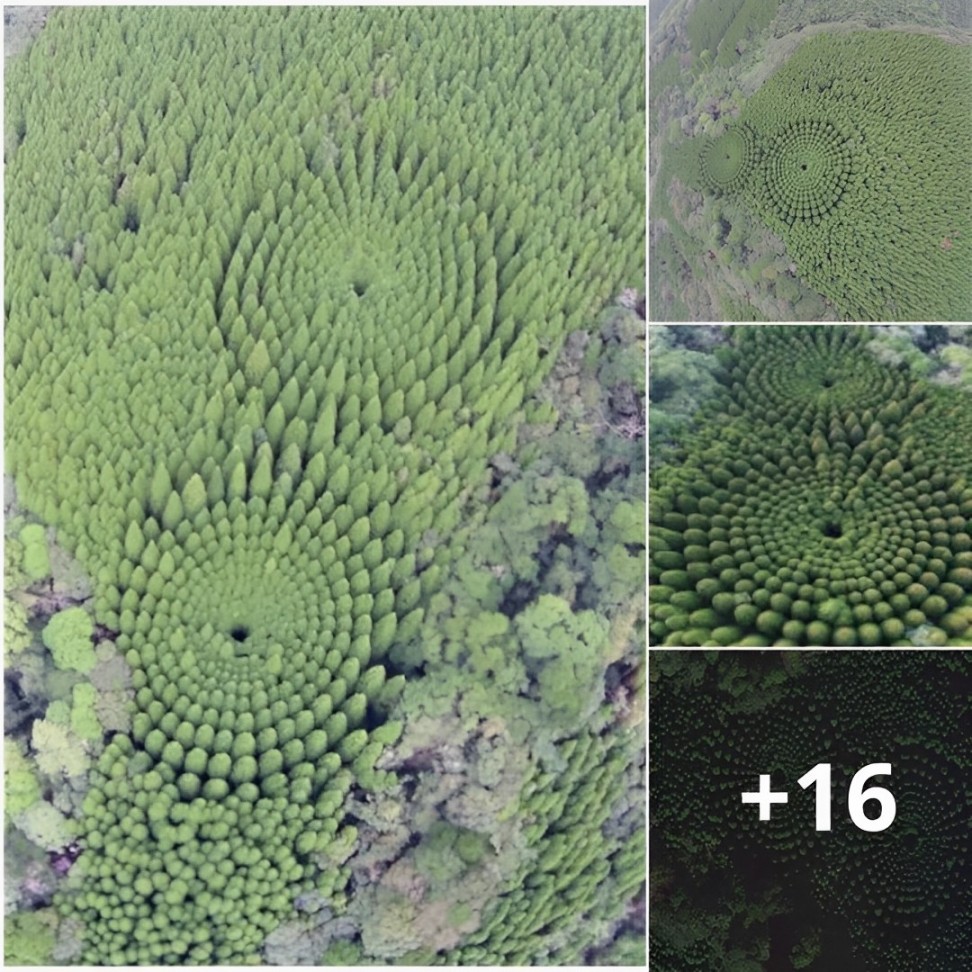The following before & after pictures of the excavation of the Ancient Greek stadium of Magnesia have made rounds in social media, and with a reason. Here’s the story behind them.
 Image credit: Orhan Bingöl / @archaeologyart
Image credit: Orhan Bingöl / @archaeologyart
Until 1984, one could only guess that there might be an ancient stadium hiding underground in a horseshoe-shaped depression located in the eastern part of the ancient Greek city of Magnesia, which is today part of Aydin province in the Aegean region of Turkey. Only the depression’s shape suggested the presence of such a structure.
That year, Prof. Dr. Orhan Bingöl from the University of Ankara took over the management of the excavations in Magnesia on behalf of the Ministry of Culture of Turkey, but actual work didn’t start until 2004. Based on these photos, it’s hard to imagine the enormous amounts of sand and clay that had to be removed in order to reveal the structures of the stadium that are visible today. In fact, the excavations are still ongoing.
 The suspicious horseshoe-shaped depression back in the 80’s. Image credit: Orhan Bingöl
The suspicious horseshoe-shaped depression back in the 80’s. Image credit: Orhan Bingöl
Built by and named after the Magnetes from Thessaly, who settled the area together with a group of Cretans, Magnesia was rediscovered during the large 19th century excavation campaigns in Asia Minor by French, German and British archaeologists. The first digs were conducted between 1891 and 1893 by a German archaeological team led by Carl Humann, resulting in the discovery of the remains of the Temple of Zeus and the Temple of Artemis of Hermogenes.
However, after the completion of the first excavation campaign in 1893, Magnesia was forgotten for almost a hundred years and alluvial sediments and loam layers removed by rainwater covered the excavated areas and buildings with earth again, up to 4-5 meters (13-16 ft) thick at places.
So Bingöl and his team took on a really difficult task when finally everything was ready to restart the excavations. They have gradually revealed the ancient stadium of the city over many years of work, but there’s still a lot more to be done.
 The partially uncovered stadium of Magnesia in 2015.The arena, around 200 meters (656 ft) long, could accommodate up to 30,000 visitors. Image credit: Orhan Bingöl
The partially uncovered stadium of Magnesia in 2015.The arena, around 200 meters (656 ft) long, could accommodate up to 30,000 visitors. Image credit: Orhan Bingöl
In antiquity, Magnesia was known as the “city of races” and attracted crowds of visitors due to the plethora of sporting events organized there. Built in the 1st century AD, its stadium of 30,000 seats is one of the most imposing and well-preserved ancient stadiums in Anatolia and is thought to have been used until the 3rd century AD. It was a venue for running competitions, horse and chariot races, boxing fights and, during the times of the Roman Empire, possibly also for gladiator games organized in honor of the Emperor and the city goddess Artemis.
After the Goths conquered and plundered the city in 262 AD, Magnesia, similarly to the neighboring settlements of Ephesus and Miletus, could never fully recover. It did become a Byzantine bishop’s town though, receiving a ring wall against the attacks of the Persians and Seljuks, but it was barely more than a Byzantine border fortress. Due to floods, epidemics and other plagues, the city was gradually abandoned by its last inhabitants and fell into decay.
 The stadium of Magnesia today. Image credit: Feridun F. Alkaya
The stadium of Magnesia today. Image credit: Feridun F. Alkaya
Magnesia Stadium, which has a track length of 189 meters (620 ft), is located in the southern part of the ancient city, and is decorated with over 150 relief panels on its arena and podium walls. They generally depict the competitors, the types of competitions, and the awards given.
Some of the reliefs are well-preserved and can be admired in their original splendor at the site.
 Image credit: Orhan Bingöl
Image credit: Orhan Bingöl
As in its heyday, the ancient city still finds a place for itself on the bucket list of many, drawing in visitors with its magnificent stadium where one can sense the atmosphere of the great competitions of the past.





